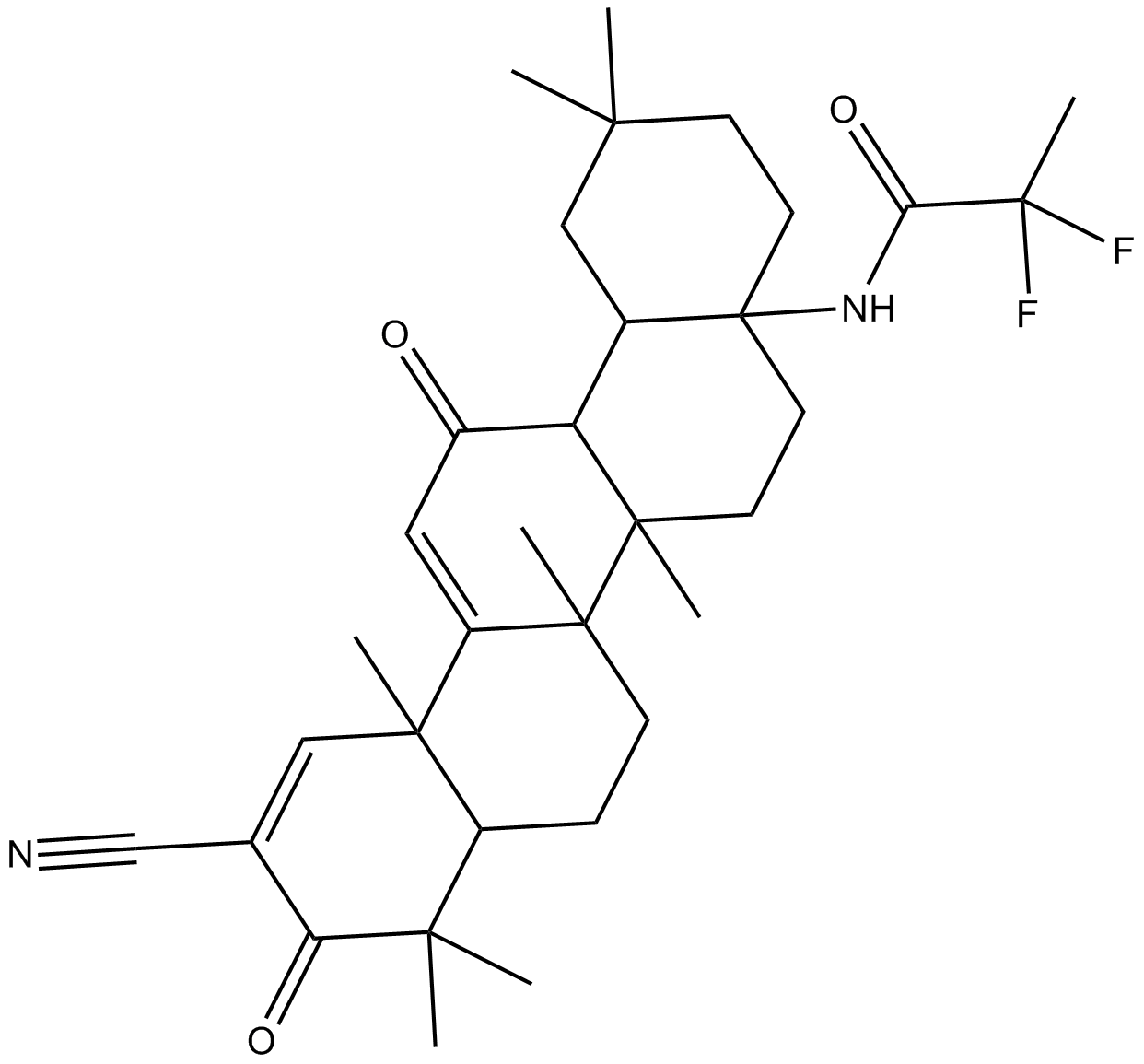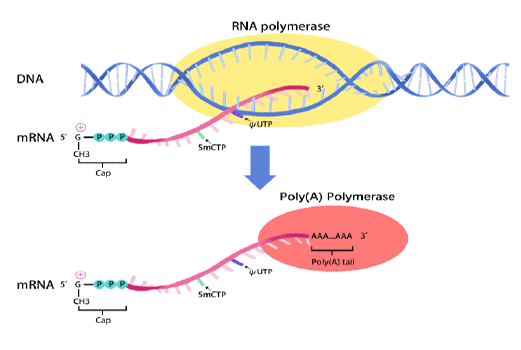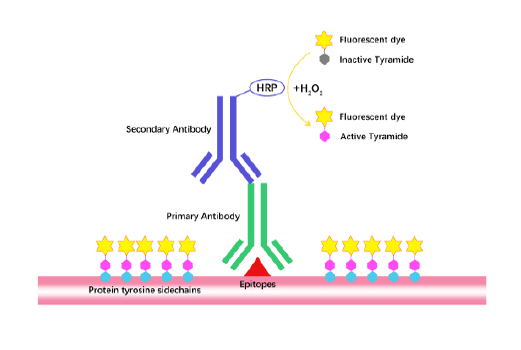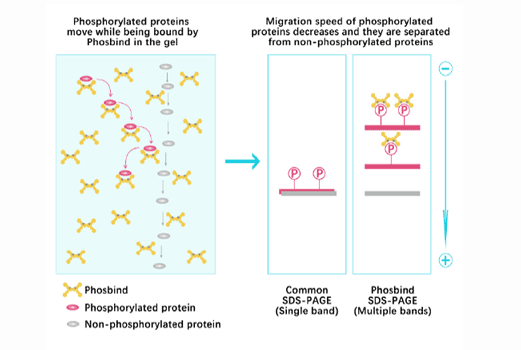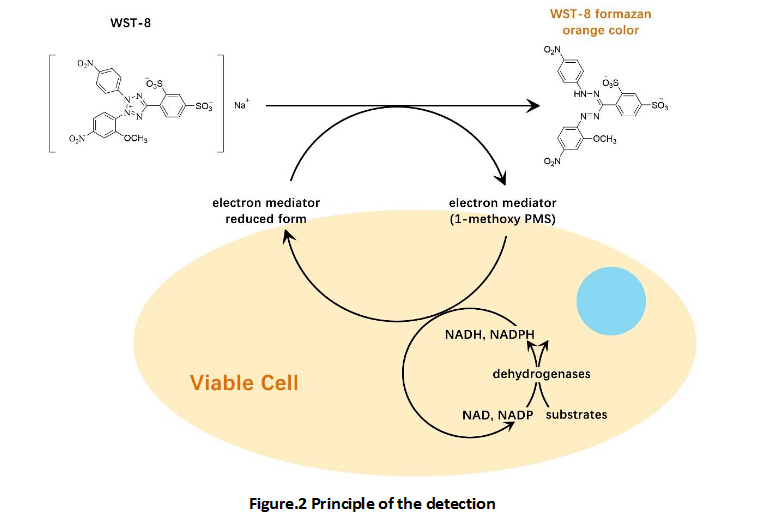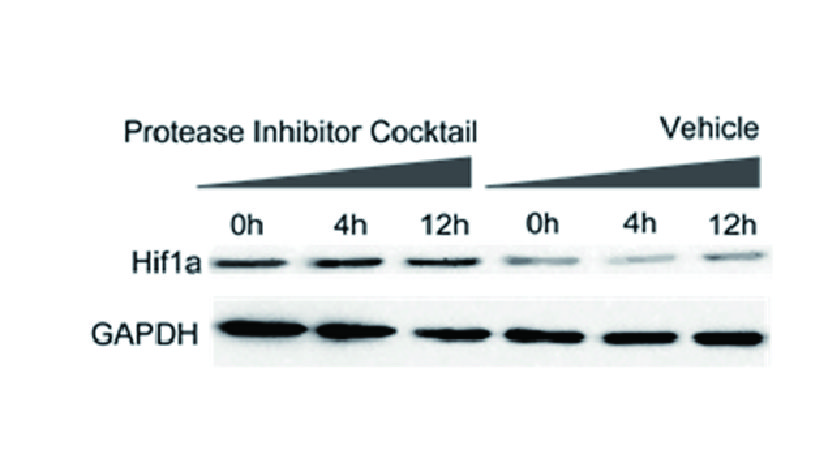Omaveloxolone (RTA-408)
Omaveloxolone (RTA-408) is a novel synthetic triterpenoid that binds to Kelch-like ECH-associated protein 1 (Keap1) and attenuate nuclear factor erythroid 2-related factor 2 (Nrf2) degradation [1].
Keap1 is involved in proteasomal degradation of Nrf2, thereby maintaining low basal levels of Nrf2. Binding to Keap1 and blocking its ability to promote Nrf2 degradation increase newly synthesized Nrf2 accumulated in the nucleus where Nrf2 increases the expression of antioxidant genes and decreases the expression of pro-inflammatory genes [1].
In interferon-γ-stimulated RAW 264.7 macrophage cells, low concentrations (≤ 25 nM) of RTA-408 activated Nrf2 and lowered nitric oxide and pro-inflammatory cytokine levels. At higher concentrations, RTA-408 inhibited tumor cell growth, with GI50 of 260 ± 74 nM. Meanwhile, RTA-408 increased caspase activity in tumor cell lines, but not in normal primary human cells.
In mice with radiation-induced dermatitis, topical application of RTA-408 (0.01%, 0.1% and 1.0%, q.d.) resulted in dose-dependent improvements in the appearance of skin, with 1.0% RTA-408 markedly reducing epidermal and collagen thickening, preventing dermal necrosis, and completely alleviating skin ulcers [2].
References:
[1]. Probst B L, Trevino I, McCauley L, et al. RTA 408, a novel synthetic triterpenoid with broad anticancer and anti-inflammatory activity. PLoS One, 2015, 10(4): e0122942.
[2]. Reisman S A, Lee C Y, Meyer C J, et al. Topical application of the synthetic triterpenoid RTA 408 protects mice from radiation-induced dermatitis. Radiation Research, 2014, 181(5): 512-520.
| Storage | Store at -20°C |
| M.Wt | 554.71 |
| Cas No. | 1474034-05-3 |
| Formula | C33H44F2N2O3 |
| Solubility | ≥55.5 mg/mL in DMSO; insoluble in H2O; ≥25.05 mg/mL in EtOH |
| SDF | Download SDF |
| Shipping Condition | Small Molecules with Blue Ice, Modified Nucleotides with Dry Ice. |
| General tips | We do not recommend long-term storage for the solution, please use it up soon. |
| Cell experiment [1]: | |
|
Cell lines |
PANC-1, A549 and A375 cell lines |
|
Preparation method |
Soluble in DMSO. General tips for obtaining a higher concentration: Please warm the tube at 37℃ for 10 minutes and/or shake it in the ultrasonic bath for a while. Stock solution can be stored below -20℃ for several months. |
|
Reacting condition |
0~1000 nM for 72h |
|
Applications |
RTA 408 inhibits growth and induces apoptosis (increase caspase activity) in human tumor cell lines |
| Animal experiment [2]: | |
|
Animal models |
BALB/c mice |
|
Dosage form |
topical application 0.01%, 0.1% or 1.0% in sesame oil daily for 35 days |
|
Application |
RTA 408 could protect skin from radiation-induced dermatitis, by activation of the antioxidative transcription factor Nrf2 and inhibition of the proinflammatory transcription factor nuclear factor-kappa b (NF-κB). |
|
Other notes |
Please test the solubility of all compounds indoor, and the actual solubility may slightly differ with the theoretical value. This is caused by an experimental system error and it is normal. |
|
References: [1] Probst BL, Trevino I, McCauley L, Bumeister R, Dulubova I, Wigley WC, Ferguson DA. RTA 408, A Novel Synthetic Triterpenoid with Broad Anticancer and Anti-Inflammatory Activity. PLoS One. 2015 Apr 21;10(4):e0122942. [2] Reisman SA, Lee CY, Meyer CJ, Proksch JW, Sonis ST, Ward KW. Topical application of the synthetic triterpenoid RTA 408 protects mice from radiation-induced dermatitis. Radiat Res. 2014 May;181(5):512-20. |
|
Quality Control & MSDS
- View current batch:
Chemical structure
